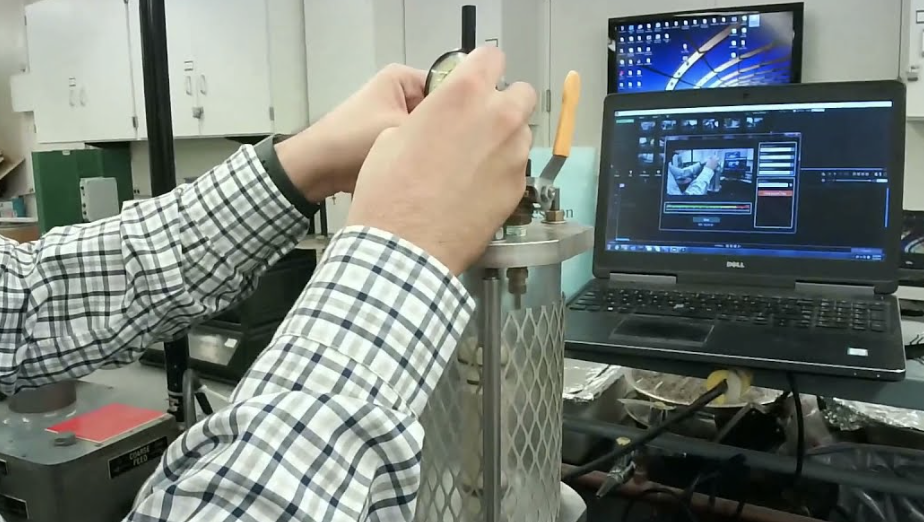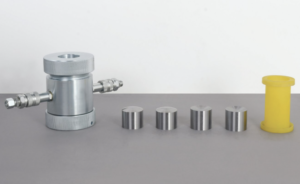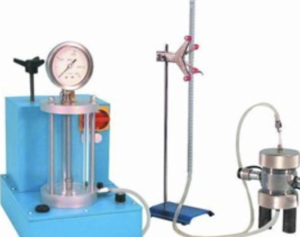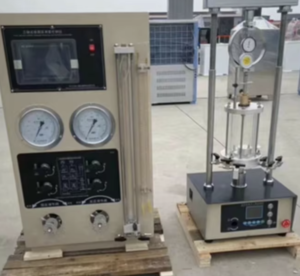What is the Difference Between CU and UU Triaxial Test?
Triaxial tests are a fundamental part of soil mechanics, helping engineers understand how soils behave under stress. Two of the most commonly used types—Consolidated Undrained (CU) and Unconsolidated Undrained (UU) tests—are chosen based on the specific engineering conditions being simulated. While both are considered "undrained" tests, their procedures and purposes differ significantly. Let’s break down the key differences between CU and UU triaxial tests.
Drainage Conditions During the Test
Drainage plays a critical role in defining the soil’s behavior during triaxial testing. The primary difference between CU and UU tests lies in whether the sample is consolidated before shearing and how pore water movement is handled.
Comparison of Drainage Conditions
| Loại thử nghiệm | During Consolidation | During Shear | Drainage Allowed? |
|---|---|---|---|
| CU | Đúng | KHÔNG | Only during consolidation |
| UU | KHÔNG | KHÔNG | Not at any stage |
In a CU test, the sample is allowed to consolidate under confining pressure before being sheared without drainage. In a UU test, no consolidation or drainage is permitted throughout the process, making it faster but more limited in application.

Information Gained from Each Test
The type of data obtained from CU and UU tests differs due to the test procedure. CU tests are more comprehensive, allowing pore pressure measurement and effective stress analysis, while UU tests provide only total stress strength parameters.
What Each Test Tells You
| Tham số | Kiểm tra Cu | Kiểm tra UU |
|---|---|---|
| Undrained shear strength | ✅ | ✅ |
| Pore water pressure | ✅ | ❌ |
| Effective stress parameters | ✅ | ❌ |
| Total stress parameters | ✅ | ✅ |
For projects where effective stress plays a key role (e.g., long-term stability), CU tests are more informative. For short-term or rapid-loading conditions, UU tests offer quick results.

Testing Duration and Equipment
The choice between CU and UU often depends on time constraints and equipment availability1. UU tests are simpler and faster, while CU tests require longer setup and pore pressure monitoring2.
Time and Equipment Comparison
| Diện mạo | Kiểm tra Cu | Kiểm tra UU |
|---|---|---|
| Test duration | Longer (several hours to days) | Short (30–60 minutes) |
| Drainage control setup | Required | Not needed |
| Pore pressure measurement | Needed (transducers) | Not applicable |
| Consolidation stage | Included | Omitted |
For projects under tight deadlines or in remote locations, the UU test is logistically simpler3.
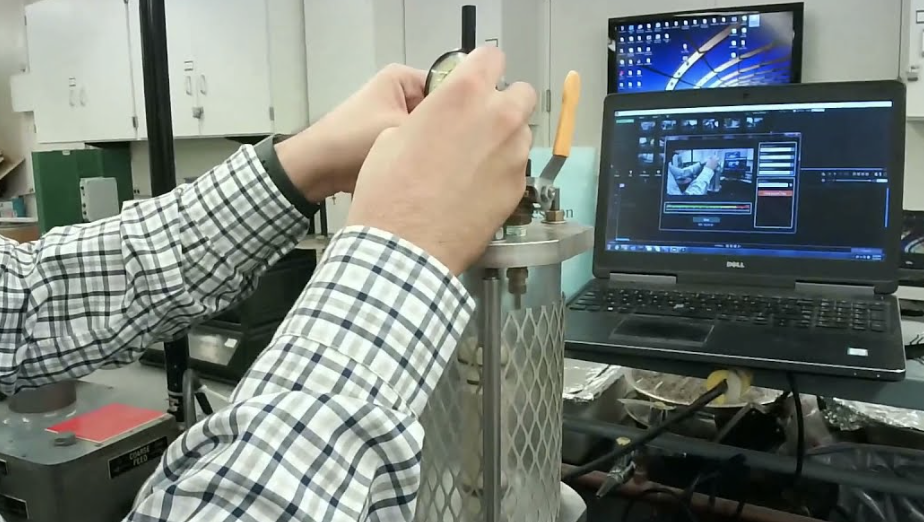
Field Condition Simulations
Each test is designed to simulate different real-world soil conditions4. The decision on which to use depends on whether the soil in the field will drain or remain saturated during loading5.
Simulated Field Conditions
| Loại thử nghiệm | Simulates… | Example Use Case |
|---|---|---|
| CU | Saturated soil that consolidates under loading | Retaining walls, embankments, slopes |
| UU | Short-term loading in saturated, unconsolidated soils | Temporary excavations, rapid footing loading |
CU tests are typically used in long-term or safety-critical projects6, while UU tests are common for preliminary design or quick field assessments.
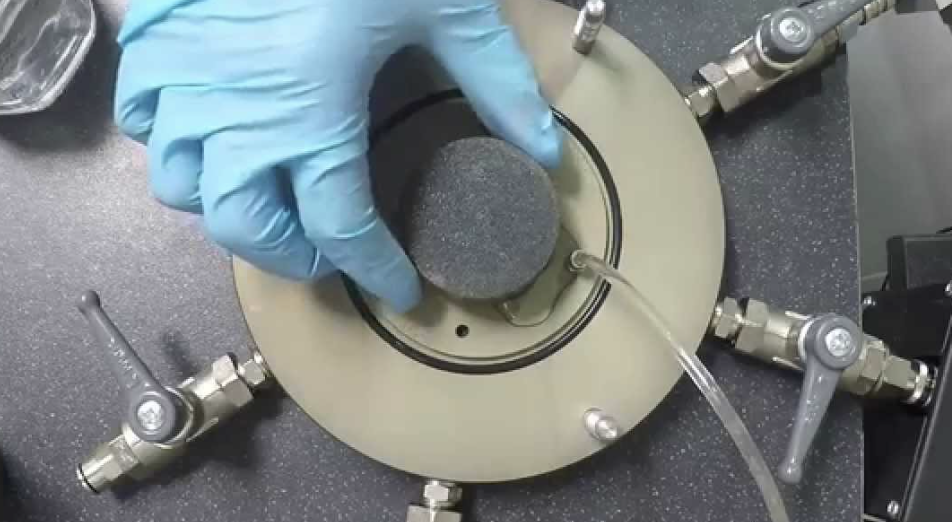
Phần kết luận
CU and UU triaxial tests may look similar at a glance, but they serve very different purposes in geotechnical design. While UU tests are faster and simpler, CU tests offer more detailed, effective stress-based data—essential for accurate, long-term stability assessments. The choice depends on your project’s time frame, safety requirements, and soil conditions.
-
Understanding these factors can help optimize testing strategies for efficiency and effectiveness. ↩
-
Exploring this can provide insights into the complexities and necessities of CU testing procedures. ↩
-
This resource can clarify the advantages of UU tests in challenging project conditions, enhancing decision-making. ↩
-
Understanding real-world soil conditions is crucial for effective geotechnical design and analysis. Explore this link for in-depth insights. ↩
-
Soil drainage plays a vital role in construction stability. Discover more about its impact on loading conditions through this resource. ↩
-
Learn about the importance of long-term planning in safety-critical projects to ensure structural integrity and safety. ↩

